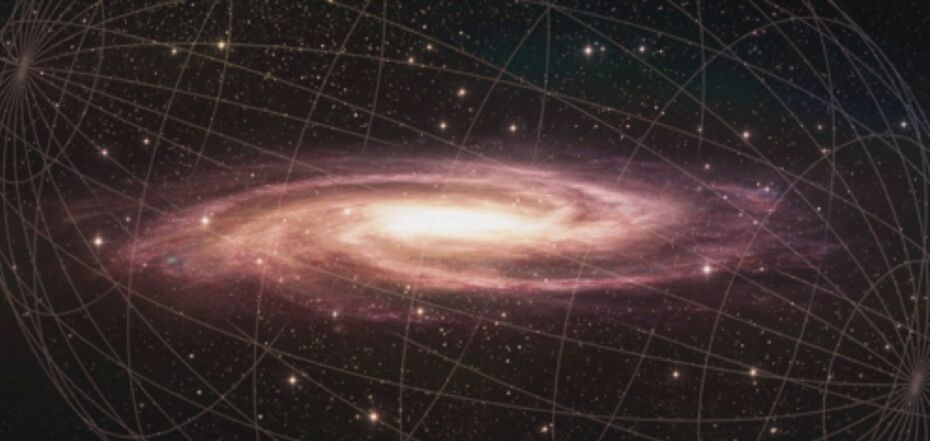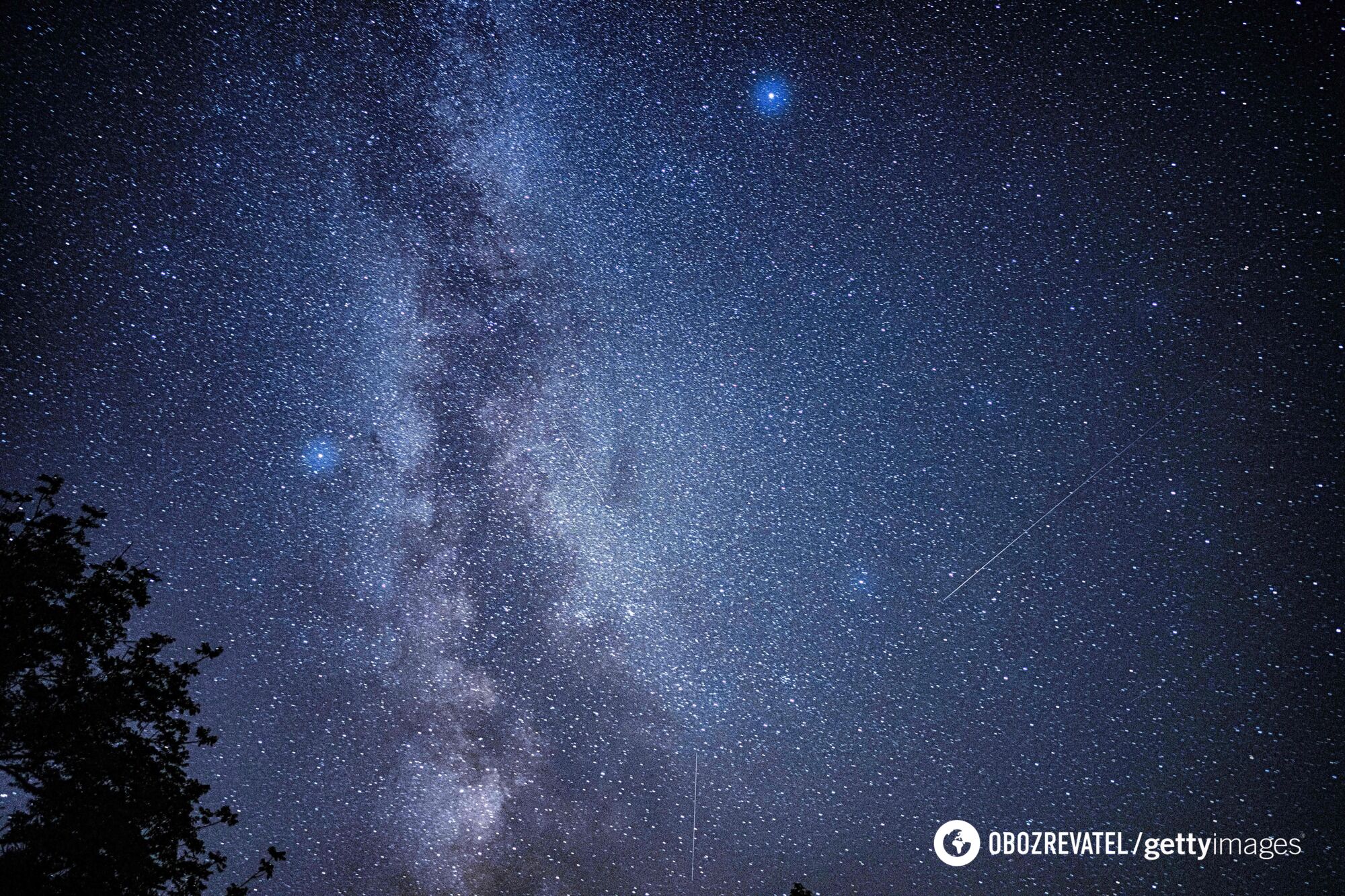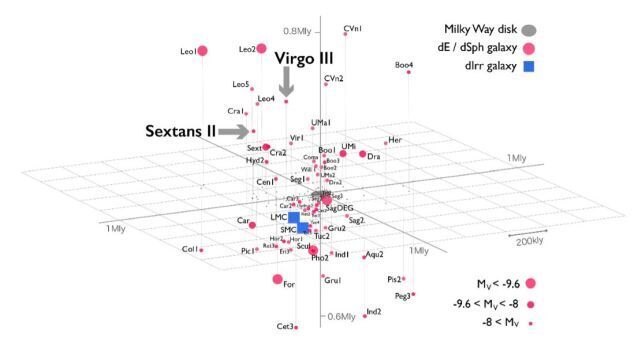News
Two more dwarf galaxies have been found near the Milky Way: astronomers are confused. Photo
The Milky Way is not alone in its corner of the Universe. Astronomers have discovered two more tiny galaxies nearby.
Scientists are somewhat confused. After all, together with the galaxies discovered so far, the total number of satellites in this part of the sky exceeds expectations, ScienceAlert writes.
Astronomers have identified two new satellites, named Virgo III and Sextans II, in a region of space that is already crowded with more dwarf galaxies than dark matter models predict.
"Together with the four previously known satellites, the HSC-SSP now has a total of nine satellites in its coverage area. This level of detection of ultra-faint dwarfs is much higher than that predicted by the latest models for the expected population of Milky Way satellites within cold dark matter models. This indicates that we are facing the problem of "too many satellites," emphasizes the team of scientists led by Daisuke Homme from the National Astronomical Observatory of Japan.
Dark Matter is something invisible and unknown in the Universe that creates an extra gravity that cannot be attributed to ordinary matter. Galaxies, including the Milky Way, are saturated with and surrounded by this mysterious substance. Dark Matter imparts higher rotational speeds to galaxies and greater gravitational forces to attract, hold, and eventually eat away at companion galaxies.
Based on models of the Milky Way's dark matter, astronomers have fairly detailed predictions of how many satellite galaxies should be seen in certain locations. However, the discovery of Virgo III and Sextans II shattered all existing assumptions.
According to dark matter models, there should be about four dwarf galaxy satellites in the part of the sky near the Milky Way, not nine.
The scientists suggest that the HSC-SSP zone contains a higher concentration of satellites than the average area of space. According to the researchers, the only way to determine if this is the case is to continue to look at other areas of the sky and carefully count the dwarf galaxies found.
"The next step will be to use a more powerful telescope that will capture a wider view of the sky. Next year, the Vera S. Rubin Observatory in Chile will be used to achieve this goal. I hope that many new satellite galaxies will be discovered," summarized astronomer Masashi Tiba from Tohoku University.
Only verified information is available on our Telegram channel OBOZ.UA and Viber. Do not fall for fakes!






























